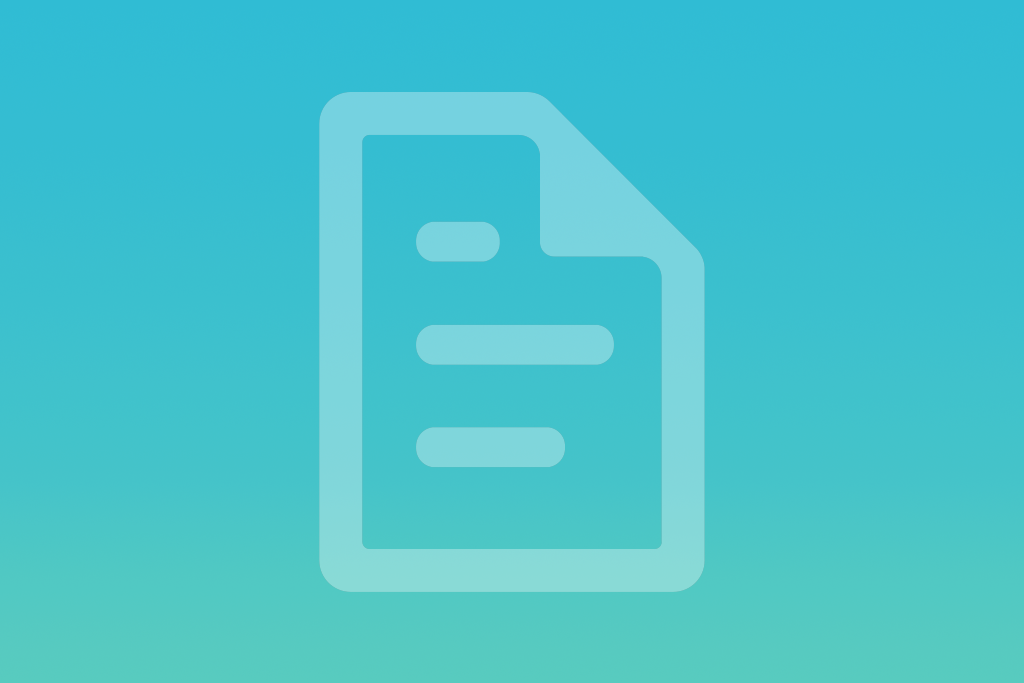
3 Tips to Help Libraries Run Year-round Reading Programs
If your library is like most public libraries, you already offer a summer reading program. These programs are quite popular because they play an important role in preventing a “summer slide” in literacy and other skills for students of all ages. But why stop with summer?
You’ve probably already considered that students could benefit from reading programs during other extended school breaks, such as winter and spring, as well. Yet, planning just one reading program can feel daunting, leaving many librarians feeling overwhelmed at the very idea of hosting a second (or third!) program each year.
We have good news for you: Hosting additional reading programs doesn’t have to be as time consuming as you might imagine. With a tool like Wandoo Reader, it’s easy to extend your summer reading program to promote literacy and drive community engagement all year long. Read on for three tips to help your library extend the benefits of its reading program beyond the summer months.
1. Keep It Short
It’s true that students have less time off from school during winter and spring, but even if school is in session, your library’s reading program can help reinforce what students are learning in the classroom. Additionally, offering year-round programs can help encourage an all-year-long — and lifelong — reading habit and generate interest in the library and what it has to offer.
The shorter length of breaks in winter and spring can actually work to your advantage, as programs during these seasons can be as short as two to four weeks. When compared to the effort that you put into your three-month-long summer reading program, these programs require a much less substantial investment of resources and staff time.
If you’re interested in giving winter and spring reading programs a try, start with an abridged version of your summer reading program. For example, if your summer reading program was three months long and included a prize for each month and an activity for each week, you ended up with three prizes and 12 activities total. For your winter and spring programs, offer just one prize and set up only one activity per week for a total of two to four activities.
2. Keep It Simple
Patrons will likely be more motivated to participate if your winter and spring programs require less of a commitment than your summer program, and staff will appreciate having fewer details to memorize.
An online reading program management tool like Wandoo Reader helps you simplify the detailed tracking that running a program requires. With this software, registration is easy, and once a patron has registered for one program, they won’t need to re-register for future ones. Tracking literacy and learning activities, called “Challenges” in Wandoo Reader, is intuitive as well, so program participants can spend more time on valuable actions — like reading or completing Challenges.
On the Wandoo Reader backend, your staff can use your summer reading program as a template for new programs. For instance, say you saw high engagement with last summer’s “Read 5 Books” Challenge. Copying the Challenge over takes just a few clicks, and you can even update it to be “Read 2 Books” since that’s more appropriate for your shorter program timeline.
Some libraries worry that, compared to their summer programs, they may have fewer participants in their winter and spring programs. Actually, this can have its advantages! You can use these programs as testing grounds for ideas that you’re not quite ready to roll up to your summer reading program. Include a couple of your go-to Challenges, but also try getting creative to see what types of activities lead to the highest level of engagement with your community. Then, you can use what you learn to plan your best summer reading program yet!
3. Keep It Top of Mind
As with any reading program, promotion is key. You’ve likely already partnered with local school librarians, teachers and principals for your summer reading program. Use winter and spring programs to show these community education leaders that the library is available year-round to support their literacy goals.
Try hosting a brainstorming session at your library (make it enticing with food and drinks, if possible). Invite teachers of all subjects, school librarians and principals to participate. On the agenda: working together to develop Challenges that help students meet their STEM, English and other subject-specific milestones. This list of STEM activities that will engage even the most reluctant readers can be a good place to start. The more closely you can work with these educators the better, as they have the attention of a large portion of your target audience (children) for eight hours a day, five days a week during the school year. They also have the power to incentivize participating in your program — who could turn down a little extra credit?
In addition to relying on help from educators to promote your program, use your own resources as well. If you use Wandoo Reader, it’s easy to email all of your summer reading program participants to let them know that their favorite summer pastime has been extended to the winter and spring. This works the other way around as well. Once patrons participate in a winter or spring program, be sure to add them to your email list for promotions about your summer reading program.
If you already host a summer reading program, you’re used to putting a lot of time and effort into planning each year. Why not get more value out of those already invested resources? Louisville Public Library (OH) did just that by launching winter and fall reading programs. Learn more about how they transitioned from summer to year-round programs in this case study.




